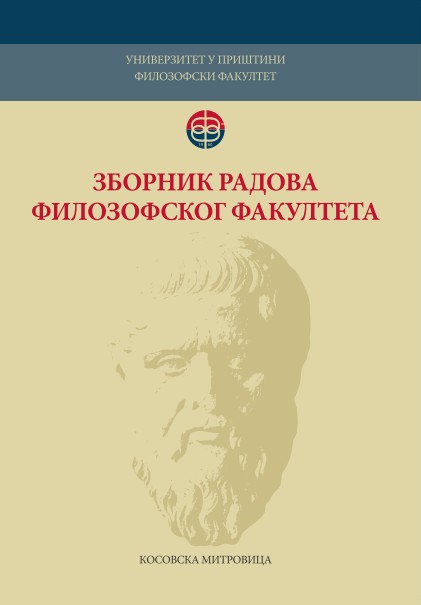High-voiced Dark Lords and Boggarts in drag: Feminine-coded villainy in the Harry Potter series
High-voiced Dark Lords and Boggarts in drag: Feminine-coded villainy in the Harry Potter series
Author(s): Bojana Vujin, Viktorija KrombholcSubject(s): Language and Literature Studies, Studies of Literature
Published by: Филозофски факултет, Универзитет у Приштини
Keywords: children's literature; villain; gender; monstrous-feminine; Harry Potter
Summary/Abstract: Representations of villains in fiction tend to make them conspicuous and easily recognisable, and this is even more frequent in children's literature, which speaks to an inexperienced reading audience and is more likely to follow established narrative patterns or rely on less-than-subtle means of characterisation. An important element in the portrayal of villains, in children's and adult literature alike, is their physical appearance, as is the extent to which they (do not) conform to socially accepted ideas about gender and sexuality. The tendency to represent male villains as somehow aberrant in this sense stems from a long history of viewing the female as a monstrosity in itself, and ascribing feminine features to a man as one of the shortest routes to transforming him into an evil character. Using this theoretical framework as its starting point, this paper will take a closer look at the portrayal of Lord Voldemort, the principal villain of the Harry Potter series, and Severus Snape, whose villainy is revealed to be a ruse only at the very end. The analysis will focus on the ways in which the feminine-coding of these two characters amplifies, but also at times complicates, their status as the villains of the story.
Journal: Зборник радова Филозофског факултета у Приштини
- Issue Year: 49/2019
- Issue No: 3
- Page Range: 23-41
- Page Count: 19
- Language: English

